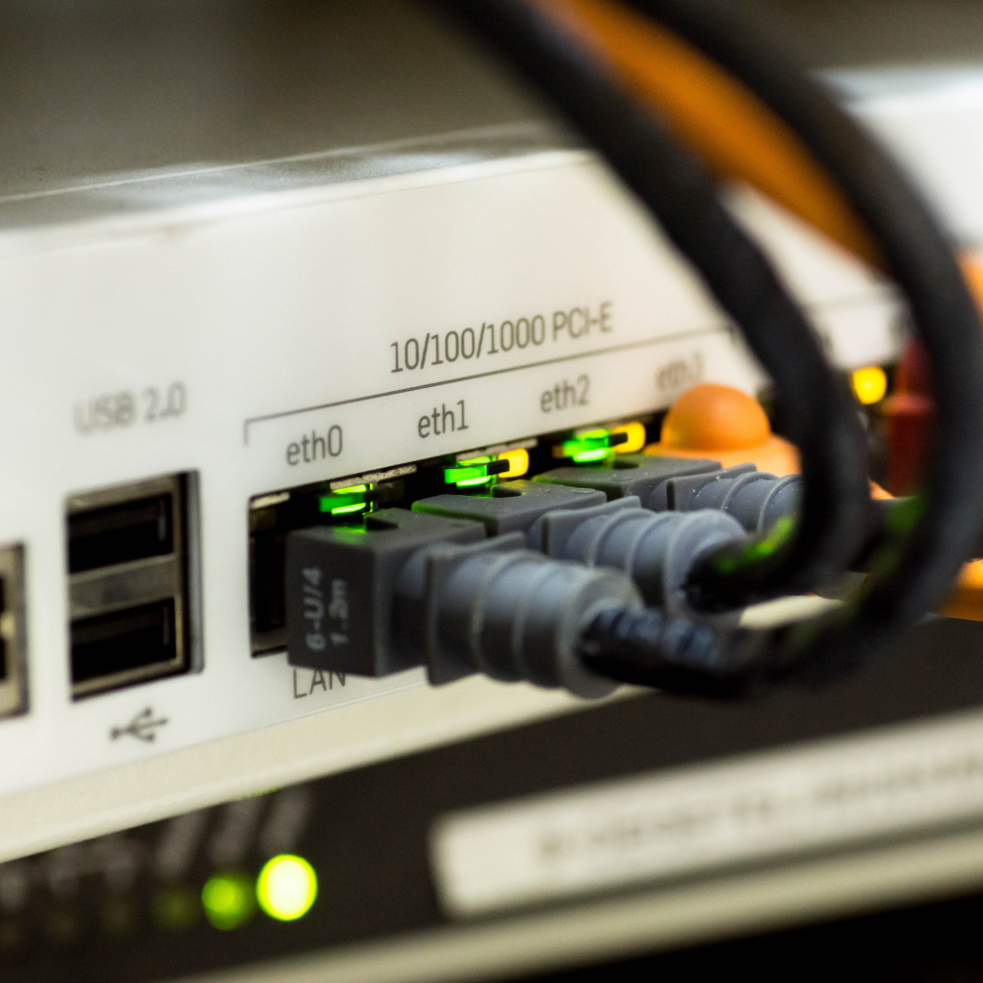Dame Melanie Dawes gives a speech to FTTH Council Europe, 3 December 2020.
Introduction
Good morning.
I'm joining you from London, at the end of a year that's brought so much challenge and heartbreak across Europe, but which now promises renewed hope.
So many people have played their part in tackling the coronavirus pandemic.
Health workers have helped save lives. Scientists are finding effective new vaccines. Teachers have kept our children in places of learning. And business leaders have worked to protect jobs.
And our telecoms industry has risen to the challenge of keeping people connected. This year, in Europe and the wider world, broadband has become the backbone of our everyday lives.
For millions of families and businesses, life during lockdown would have been unthinkable without a reliable connection. That 5mm-wide cable into our homes meant the difference between isolation and the ability to work, learn, play and see our loved ones.
So as we look to a more hopeful time beyond Covid-19, the pandemic has highlighted the need to keep our telecoms networks fit for the future. These are the networks many of you provide: the wires, pipes and poles that underpin our economy and our daily lives, and which must now evolve with them.
For us in the UK, superfast broadband has been a success story for many years. It reaches 95% of British homes, and served the nation well during the pandemic. It still provides returns to companies with equipment in local exchanges.
But superfast broadband relies on ageing, unreliable copper. Now is the time to upgrade our networks for the future.
The UK government wants everyone to receive gigabit-capable broadband. That will mostly be fibre to the home, or full fibre.
Today, full fibre reaches only 14% of UK homes, but that's rising fast. Openreach, the network arm of BT aims to connect 20 million homes in the next few years. Cityfibre wants to reach up to 8 million and the cable provider Virgin Media plans to have its whole network – covering 15 million premises – capable of gigabit speeds by the end of 2021.
Ofcom is playing its part. We’re finalising our new regulatory framework for the future. This is the product of four years’ work to focus our regulation on encouraging new networks, with a priority to supercharge full fibre investment, including in rural areas.
As part of this, we recognise there must be a compelling investment case. Shareholders and fund managers have plenty of choices over where to put their money.
At a minimum, an investment in fibre networks should offer three things: clear demand, scalable growth, and a healthy and fair return.
So are those things true for full fibre broadband investment in the UK?
First, let's consider demand.
The demand for data
In March, our entire office economy switched – almost overnight – to working over broadband networks, out of our own homes. Of course, we hope to return to offices next year and enjoy again the irreplaceable benefits of being together. We also know that the balance between home and office time will not be the same again.
Every business is working differently. The pandemic is accelerating transformation across the economy and a shift to digital services. Companies are employing more productivity and cloud tools in the way they work, from video conferencing to data analytics, which rely on high quality broadband services.
More families are using data-hungry services at home that feed on fast, responsive connections like UHD streaming and multiplayer gaming.
In the last year alone, the time spent by young adults gaming on TV sets has doubled in the UK.
And over the last four years, the amount of data used in the average UK home has more than trebled.
We also know reliability has never been more important too. The cost to homes and businesses when broadband doesn't work has never been higher.
So the demand for better broadband is clear.
What about achieving scale?
The scale opportunity
The UK is a leading internet economy, with 30 million homes. That presents a mix of commercial opportunities as we seek to connect the entire country.
Alongside the bigger companies, there are already specialist gigabit providers – from Hyperoptic in towns and cities, to Gigaclear in rural communities.
Some areas won't be commercially viable for more than one network, and the UK government has pledged £5 billion of public money to help connect the more remote and rural areas.
That still leaves a huge commercial market. We think the large majority of UK homes will come to rely on – and be prepared to pay a fair price for – reliable, gigabit-capable broadband in future.
The fair bet
But shareholders need something else: fair returns. Every investment carries some uncertainty, of course. So it's right that investors – the people who fund the diggers and workers who will build the UK's gigabit future – are compensated for accepting that risk. They need certainty that the regulator understands that.
And we do. Our track record shows we reward companies who invest in their networks. For example, we allowed Openreach a healthy return on its investment in superfast broadband, above its cost of capital during the early part of this century.
We know that clarity about how we regulate is even more important this time round. The investment is bigger, and the returns will take place over a longer time period.
So let me explain our approach.
Ofcom is aiming to support investment in different ways: by encouraging competition and new players into the market; by reducing costs; and by allowing pricing flexibility for new services. We know that companies who build full fibre will need a fair margin to work with.
On competition, by allowing all operators, including BT themselves, to lay fibre using Openreach’s telegraph poles and underground ducts, we are encouraging all the infrastructure players and making it quicker and cheaper to build new networks. In fact, we think this measure can halve the upfront costs of connecting each home.
On pricing, we want to allow companies to set higher prices for faster, future-proof services while they build their networks. To achieve that, we have proposed to index the price of an existing lower speed service, ensuring families can still get affordable superfast connections. But we're leaving higher-speed products without price caps. This means more margin for network investors, and allows them to recover a pricing premium for faster services.
We have also proposed to allow Openreach to switch off its copper network in each area where it connects enough fibre customers. This doesn't just remove the cost of maintaining copper; it also ensures that customers will be moved onto full fibre, which makes demand in that area more certain.
We will set out our final decisions on all these areas in March, and ensure that they apply for at least five years – rather than three, as in the past.
This means every investor can know that our regulation will not change during the years when they have the opportunity to gain market share.
But we must also look further ahead. We recognise that full fibre is a long-term investment, taking more than a decade – if not two – to pay back.
No one can predict exactly how the market will evolve over that time. But if companies play by the rules, competition is healthy and prices remain affordable, Ofcom would not expect to intervene during the investment cycle in a way that hampers that investment.
Instead, we would aim to allow all companies to achieve a fair return over their whole investment period, allowing for a margin above their cost of capital to reflect the risks.
So to be clear, we don't expect to introduce cost-based prices for fibre services until at least 2031.
Two scenarios
What happens after that?
Well, if Ofcom strategy has borne fruit, we will be seeing a mix of network providers in different parts of the UK. There will be no need for Ofcom to regulate in places where there is a healthy degree of competition and innovation. Where competition is still in the process of emerging, we would continue with regulation that leaves a healthy margin to keep building.
Alternatively, if network competition fails to materialise and Openreach emerges as dominant in more parts of the UK, with the earnings that go alongside that, we would of course ensure those returns were regulated fairly. But Openreach would retain the benefits of its investment, and earn a fair return over the course of it.
Throughout, we will keep ensuring that Openreach meets its commitments: opening up access to it ducts and poles; offering fair pricing; and treating its retail customers the same, so there is a level playing field.
Conclusion
Together, our network companies have a golden chance to power Britain’s future economy.
They will do so with Ofcom's backing. Full fibre must be a fair bet.
Our primary duty is to citizens and consumers and they need better, faster networks at a fair price for the future.
Because of all the steps we are proposing, I believe the case for investing in UK networks has never been more powerful.
Now we look to our industry to meet that challenge.
Thank you.




